War Preparation and the Significance of Propaganda

When war was declared on Germany in April of 1917, it was necessary for the United States to mobilize. The U.S. needed to recruit, draft and train men for war and they needed to buy the supplies for fighting. The government’s task was to persuade Americans to invest in the war and support the war effort. To financially help pay for the war, people invested in liberty bonds-loans that would eventually be repaid with some interest-and war savings stamps. Emotionally, men and women volunteered for military service and the nurse corps. Others supported the war by conserving food, planting victory gardens, and displaying other forms of patriotism. In 1917, the U.S. government tried promoting patriotic messages to the public. The messages were primarily done by new organizations like the Committee on Public Information and the U.S. Food Administration. These messages were propaganda. [1]
Committee on Public Information
The Committee on Public Information was founded by President Woodrow Wilson. It was directed by journalist George Creel, who was appointed by President Wilson. To help invoke the threat of German propaganda, the committee set guidelines for the news media and they helped pass the Espionage Act of 1917 and the Sedition Act of 1918. [2] This was so the public wouldn’t know the entire truth and they would still support the war efforts. Creel was in charge of making the censored-propaganda. Nothing negative about the war was in the media. Visual forms of media, such as posters, became well known throughout the U.S. and even in Lindsborg. James Montgomery Flagg was one of the well known artists that helped create propaganda posters. Presumably, his most famous work was the Uncle Sam “I Want You” poster. As the U.S. was mobilizing for war, the committee was mobilizing the advertising industry, which eventually reached Europe. He even used songs, books, films and pamphlets to help the pro-war campaign. [1]
The 1917 thru 1918 issues of the Lindsborg News Record contains several examples of the propaganda displayed during the war. The World War I Collection at the Old Mill Museum in Lindsborg also shared some of the posters that were displayed in various places around town during World War I. Many of the local businesses helped sponsor and promote the advertising of the propaganda. The propaganda varies from the Red Cross, tobacco use, war savings stamps, liberty bonds, food conservation, and more!
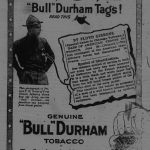
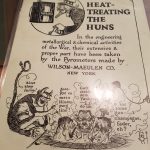
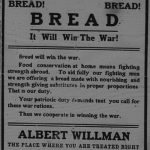
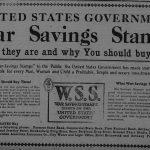
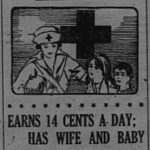

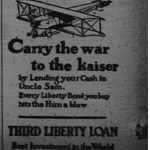
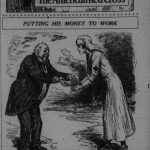
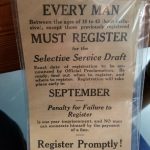
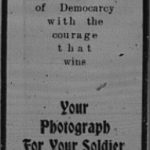
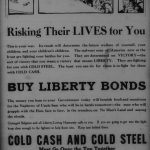
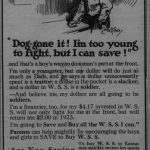
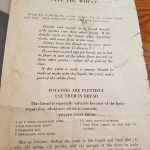
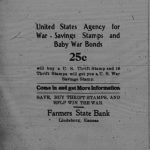
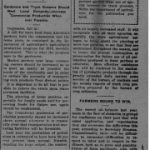
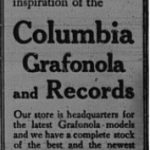
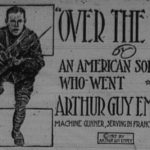
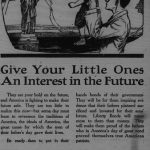
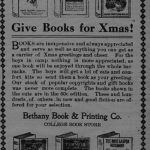
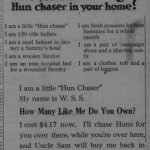
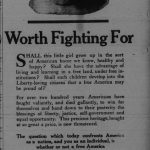

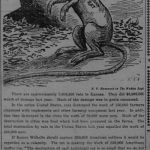
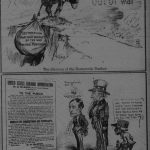
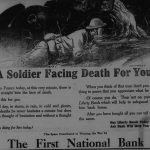
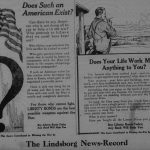
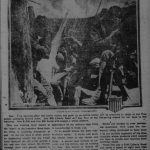
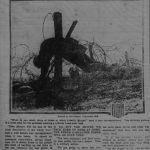
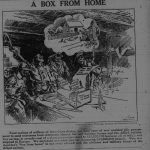
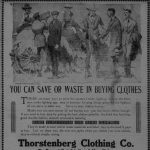
Food Conservation
As soon as the U.S. entered the war, the food conservation effort began. Not only was the effort necessary for feeding the U.S. soldiers who were about to be sent overseas, but it also became necessary to help our European allies survive the famine they were going through. [3] Food became vital to winning the war for the allies. Without the food and supplies that the U.S. brought, it is questionable if the allies would have won the war.
The head of Kansas Food Conservation, Dr. Waters, delivered a speech at the college discussing the importance of food conservation with the community. He discussed how the talk of Germany weakening was untrue, and that they were stronger than ever due to their near defeat of Russia. It was emphasized that any amount of the following foods: wheats, sugars, meats and fats, would greatly help the war effort and any contribution was important. The majority of the town brought food, while of course there were some objectors who did not sign the pledge. The overall turnout from the town was very successful.[4]
Waters Speaks on Food Convservation
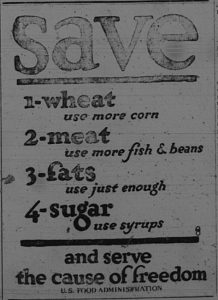
Dr. Philblad was appointed head of the food conservation effort within Lindsborg. He was recommended to this prestigious position from Dr. Waters. This appointment came directly from Mr. Herbert Hoover who was the National Food Administrator. [5] This was considered a very important position due to the great importance that food conservation was starting to have across the country in this time of war.
[1] “WWI The Home Front.” AuthenticHistory.com. Last modified November 9, 2012. Accessed December 07, 2016. http://www.authentichistory.com/1914-1920/2-homefront/1-propaganda
[2] Delwiche, Aaron. “Propaganda.” propaganda.com. Last modified February 28, 2011. Accessed December 07, 2016. http://www.propagandacritic.com/articles/ww1.postwar.html
[3] “Food Conservation During WWI.” Accessed December 05, 2016. https://www.gilderlehrman.org/collections/treasures-from-the-collection/food-conservation-during-wwi-%E2%80%9Cfood-will-win-war%E2%80%9D
[4] Lindsborg News Record, August 10, 1917
[5] Lindsborg News Record, September 7, 1917

